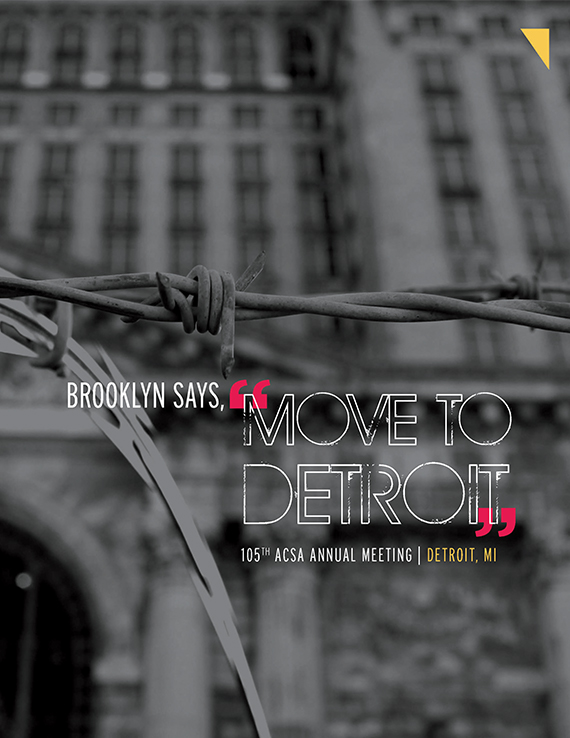Author(s): Aubrey Wassung & Jason Griffiths
This paper explores the alternative methods of woodcollection in respect to lumber provided by natureand its potential use for mass timber construction.Sustainability in terms of materials can be comparedthrough a complete life cycle analysis, which factorsin pollution, waste, resources, and energy requiredfor manufacture. In comparison to steel or concreteconstruction, wood outperforms the competitionand it supports the atmosphere through its naturalcycle of growth. In addition to sustainability, woodcan be recycled and reused as other building materials,decorative elements, biofuel, and landscapingproducts. Recovered and recycled wood in the use ofnew stick frame construction has been understood asundesirable, but when used in mass timber construction,it eliminates the need for pieces of the samelength and the nature of mass timber allows piecesthat may not be suitable for structure to be combinedand reinforced.An alternative source of wood is provided by naturaldisasters, such as hurricanes, earthquakes, and tornadoes.The extent of the damage determines a tree’suse, but ultimately these trees are suitable in masstimber construction. In addition to natural disasters,diseases and pests can cause a significant amount ofdamage, ranging from mild affliction to mass destruction.Many diseases and pests have swept through theUnited States claiming species of trees since Europeansettlement.Beetles make up the largest order in the animal kingdom,with only 24 species of beetles active in theUnited States causing damage to trees. Bark and borerbeetles are the most destructive, affect the heart andwoody areas of a tree. America is currently experiencingan epidemic of Mountain Pine beetle, SouthernPine beetle, Ips beetle, and most recently the EmeraldAsh borer.The Emerald Ash borer is a highly invasive species andan estimated 34 million ash trees, in a 25 state area,expected to be removed and replaced by 2019. Themass timber industry has the opportunity to capitalizeon this surplus of wood as beetles can weaken theit, making it unsuitable for stick frame construction.Beetle kill wood, until recently, has mainly been usedfor biofuel, decorative, and small scale hobbies. AlpineTimberframe and Design has worked with beetle killwood in their construction of UBC’s Bioenergy Researchand Demonstration Facility and the Student UnionBuilding, also at UBC. Euclid, along with the Universityof Utah, has been using beetle kill wood in a new formof mass timber construction called ICLT, interlockingcross-laminated timber, which uses no fasteners orglues. ICLT can be produced by any timber fabricatorwishing to diversify their product without addingadditional infrastructure. Mass timber constructioncan become affordable for smaller scale projects andhousing without the need to harvest virgin trees whenrecycled wood, wood provided by nature, or beetle killsurpluses are used.
Volume Editors
Luis Francisco Rico-Gutierrez & Martha Thorne
ISBN
978-1-944214-08-1

 Study Architecture
Study Architecture  ProPEL
ProPEL 
